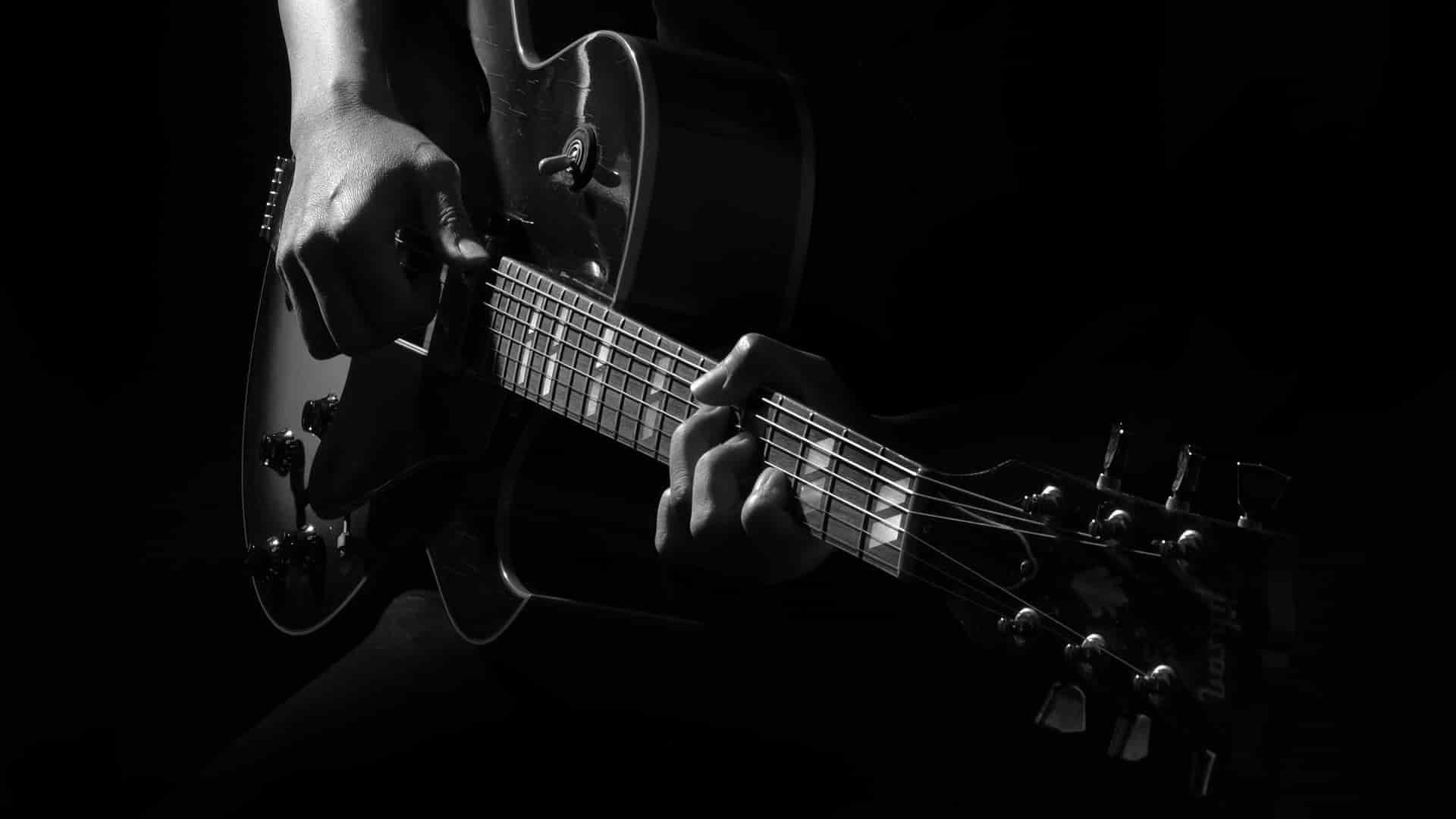GSCC Lesson 26
Past Lessons Summary and Links
If you are new to this series, here’s the links to past lessons:
| Lesson | Content |
| Lesson 1 | – Chords: C, Am, Dm, G7 |
| Lesson 2 | – Chords: Em , F |
| Lesson 3 | – Chords: G – Basic Guitar Strumming – 4 beat strum |
| Lesson 4 | – Chords: C7, Fm, D, D7 – Up Down Strum |
| Lesson 5 | – Chords: E, E7, Gm7 ,Gm – Strumming lightly on 1st few strings |
| Lesson 6 | – Chords: A, A7, G, G/B, Gm/Bb – 16 beat strum |
| Lesson 7 | – Key of G Major – Chords: Bm – Campfire Strum |
| Lesson 8 | – CAPO; Other chords in G Major – Chords: B7, B, Cm, Dm7, D/F#, Dm/F – “Chuck” Strum |
| Lesson 9 | – Plucking – Bass note of chords – 8 Beat Pluck #1 |
| Lesson 10 | – Chords: Bm7b5, F#m7b5 – Double String Pluck – Plucking Pattern For 2 Chords Bar |
| Lesson 11 | – What is 4/4 time signature – Intro to 3/4 time signature – 3/4 strumming – 3/4 plucking – Alternate bass |
| Lesson 12 | – 6/8 time signature – 6/8 strumming – 6/8 plucking – Alternate version of 6/8 plucking |
| Lesson 13 | – Create your own strumming / plucking pattern – Searching for chord charts online – Melody notes in key of C – Playing 1st instrumental song on guitar! – Melody notes in key of G – “Happy Birthday” melody in key of G |
| Lesson 14 | – Slap rhythm – Variation of slap rhythm – “Happy Birthday” solo guitar |
| Lesson 15 | – Introduction to Chord Melody Guitar Playing (solo guitar playing) – “Can’t Help Falling In Love” solo guitar |
| Lesson 16 | – Chord Melody Guitar of “月亮代表我的心” – Issues in last 2 songs we learned – Exploring beyond 1st 3 frets – CAGED system – Linking CAGED system to the notes – Fixing octave issues of last 2 songs/ playing melody at correct octave |
| Lesson 17 | – Barring and moving minor and dominant 7th chords; – Why are we learning barred chords? – Faster ways to build chords – “Let It Be” Solo Guitar |
| Lesson 18 | – Chords: Major 7th and Minor 7th – Why 7th chords? – Applying 7th chords to songs – “What A Wonderful World” Solo Guitar |
| Lesson 19 | – Chord Melody Guitar GYM (intense workout) – “Over The Rainbow” Solo Guitar in key of G |
| Lesson 20 | – Arrange chord melody guitar song in an optimal key/ put melody notes on 1st 2/3 strings – “Over the rainbow” Solo Guitar in key of C |
| Lesson 21 | – How to create rhythmic flow for chord melody guitar arrangement – The secret to chord melody guitar mastery |
| Lesson 22 | – Exam time!!! |
| Lesson 23 | – Revision before going to more advanced materials |
| Lesson 24 | -Chord Tones -Chord Inversions -Alternate Bass |
| Lesson 25 | -Diminished Chord -Augmented Chord -6 Chord -Chord degrees and extensions -Dominant chord extensions -Major chord extensions -Minor chord extensions -Altered chords -Add9 chord -Suspended chord |
We had covered all the family chords and their siblings in key of C and G Major:
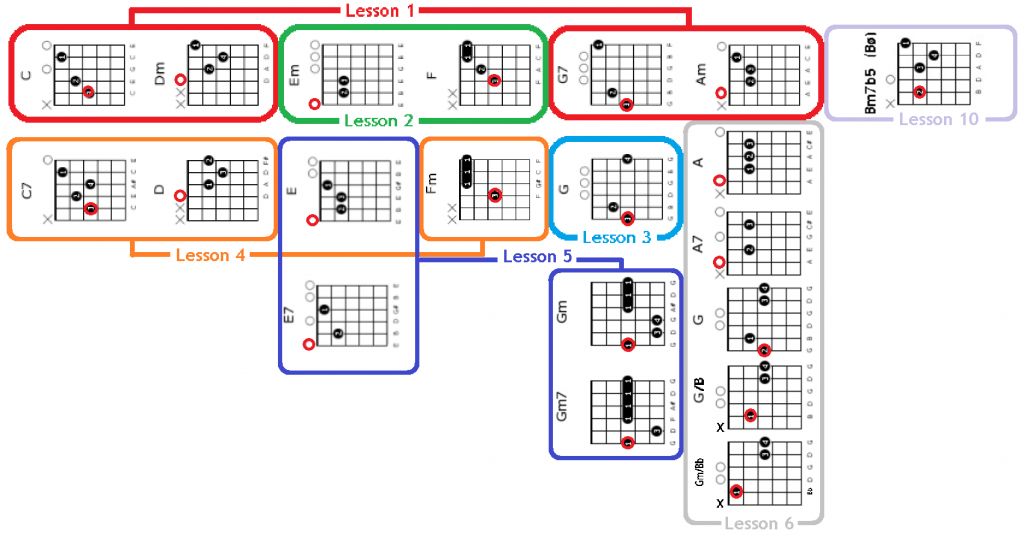
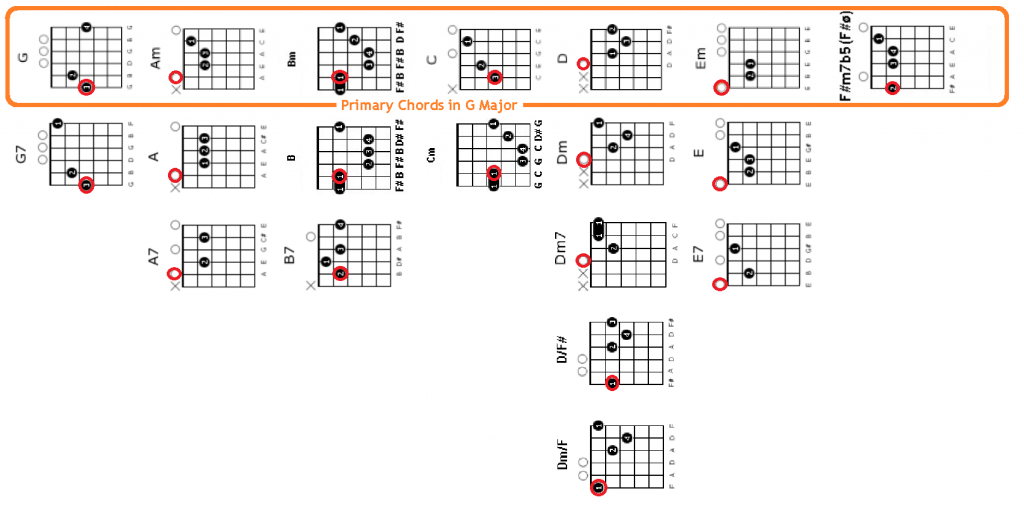
Key of C major and G major are common keys used by guitarist to play sing-along guitar.
We also looked at the guitarist best friend – CAPO , and it’s application.
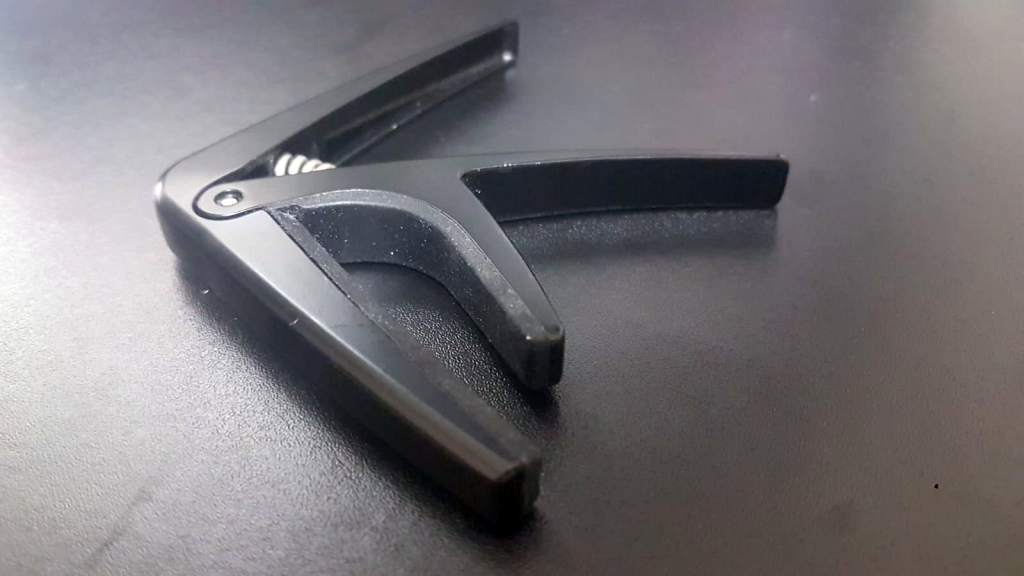
When we use the CAPO in conjunction with chords from C and G keys above , we are able to play almost every pop songs we wanted to play.
We have also looked at some basic strumming patterns:
| 1 | One strum per beat |
| 2 | Up-stroke strumming |
| 3 | Strumming lightly on first few strings |
| 4 | 16 beat strum |
| 5 | Campfire Strum |
| 6 | “Chuck” Strum |
| 7 | 3/4 Strum |
| 8 | 6/8 Strum |
And we had explored some basic pluckings.
| 1 | 8 beat pluck #1 |
| 2 | Double string pluck |
| 3 | 3/4 Pluck |
| 4 | “Alternate Bass” Pluck |
| 5 | 6/8 Pluck |
| 6 | Slap Rhythm |
And of course, we had fun learning all these songs !! They are specially produced “Karaoke for Guitar” videos (only vocal and metronome count) for you to practice your strumming / plucking:
We also learned how to put together and play chord melody guitar (solo guitar) song. Here are the main steps:
Step 1: Play the melody

Step 2: Find out the chords

Step 3: Combine the melody and the chords
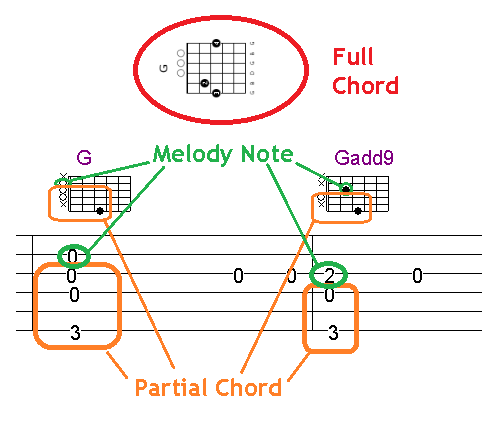

Step 4: Add in the accompaniment

Last week, we explored quite a lot of new chord types:
Diminished chord
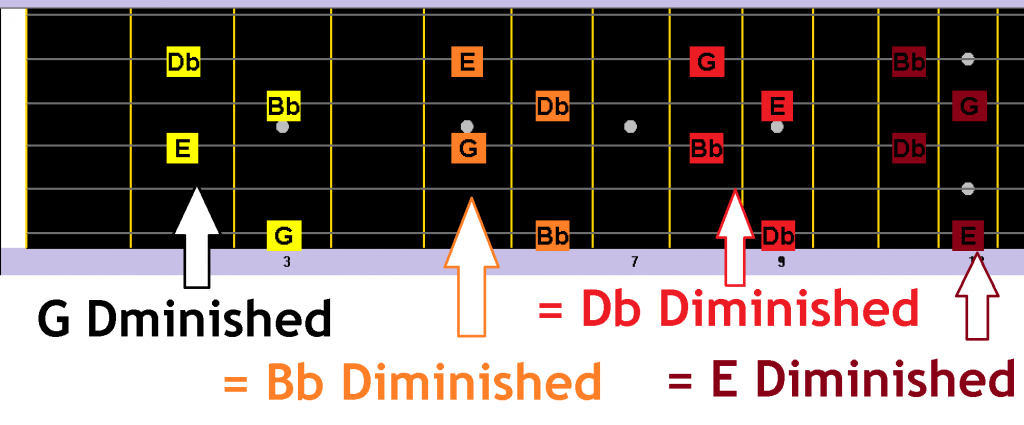
Augmented chord

6 chord
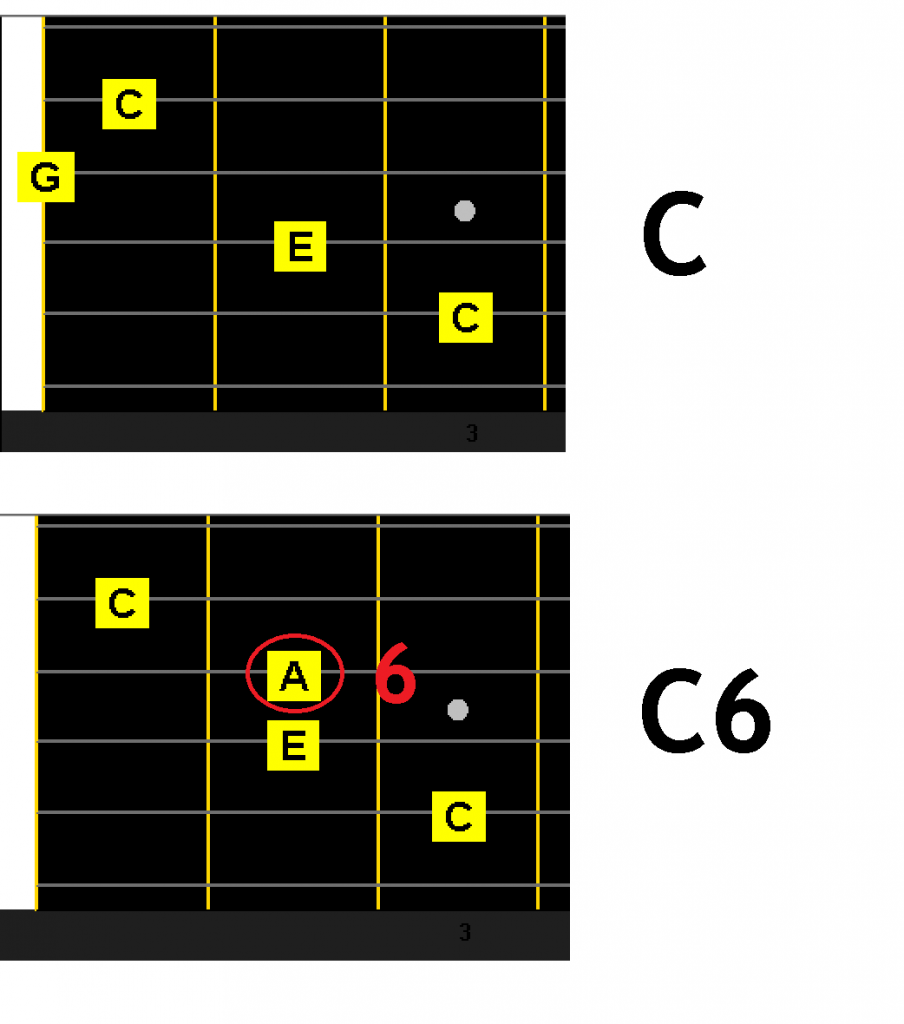
Chord degrees and extensions
| Chord degrees | Chord types |
| 1,3,5 | Basic Triad (Major,Minor) |
| 1,3,5,7 | 7th chord |
| 1,3,5,7,9 | 9th chord |
| 1,3,5,7,9,11 | 11th chord |
| 1,3,5,7,9,11,13 | 13th chord |
Dominant chord extensions

Major chord extensions
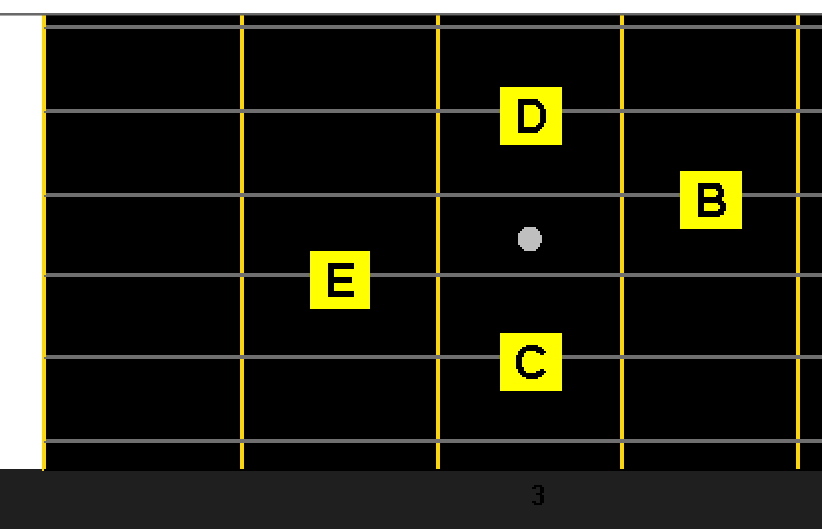
Minor chord extensions

Altered chords
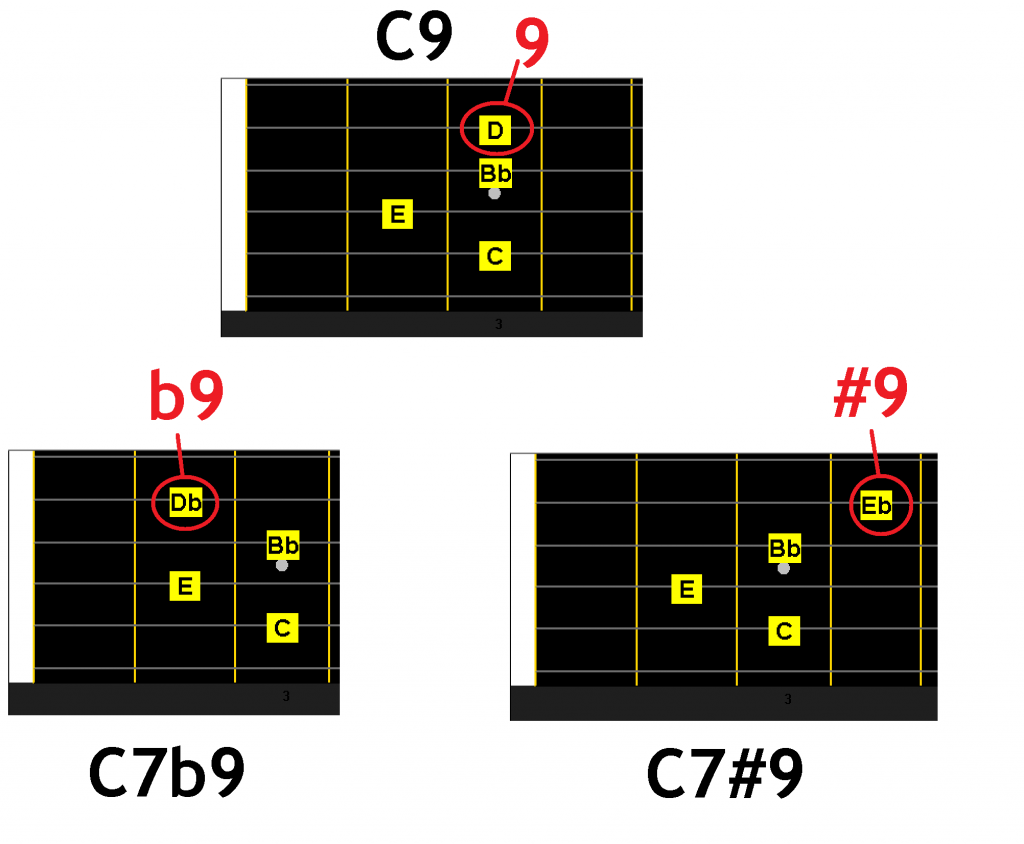
Add9 chord

Suspended chord
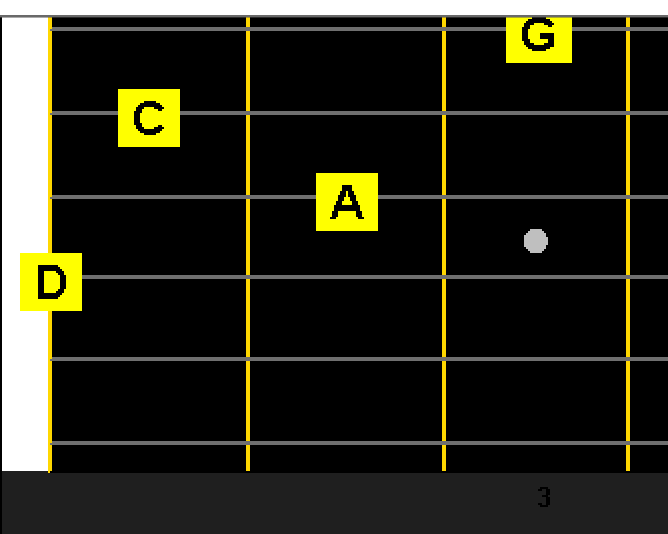
Chords Substitution / Reharmonization
We had learned lots of chords last week. Now, let’s take a look at a very interesting topic – Chords Substitution / Reharmonization.
What’s that? It is to change the original chords of the song to make it more interesting or create a different feel altogether.
Let’s look at a few basic techniques of this topic.
Click here to ask a question …
Inversions
We learned chord inversions few lessons ago. Since inversions of the chord are basically the same chord but with different feel, it is the easiest and one of the most effective tool.
Here’s F major chords inversion. We know that each of them produce certain kind of mood.

Let’s use it to do some substitution.
Here’s the basic chords from Kit Chan’s “Home” excerpt:
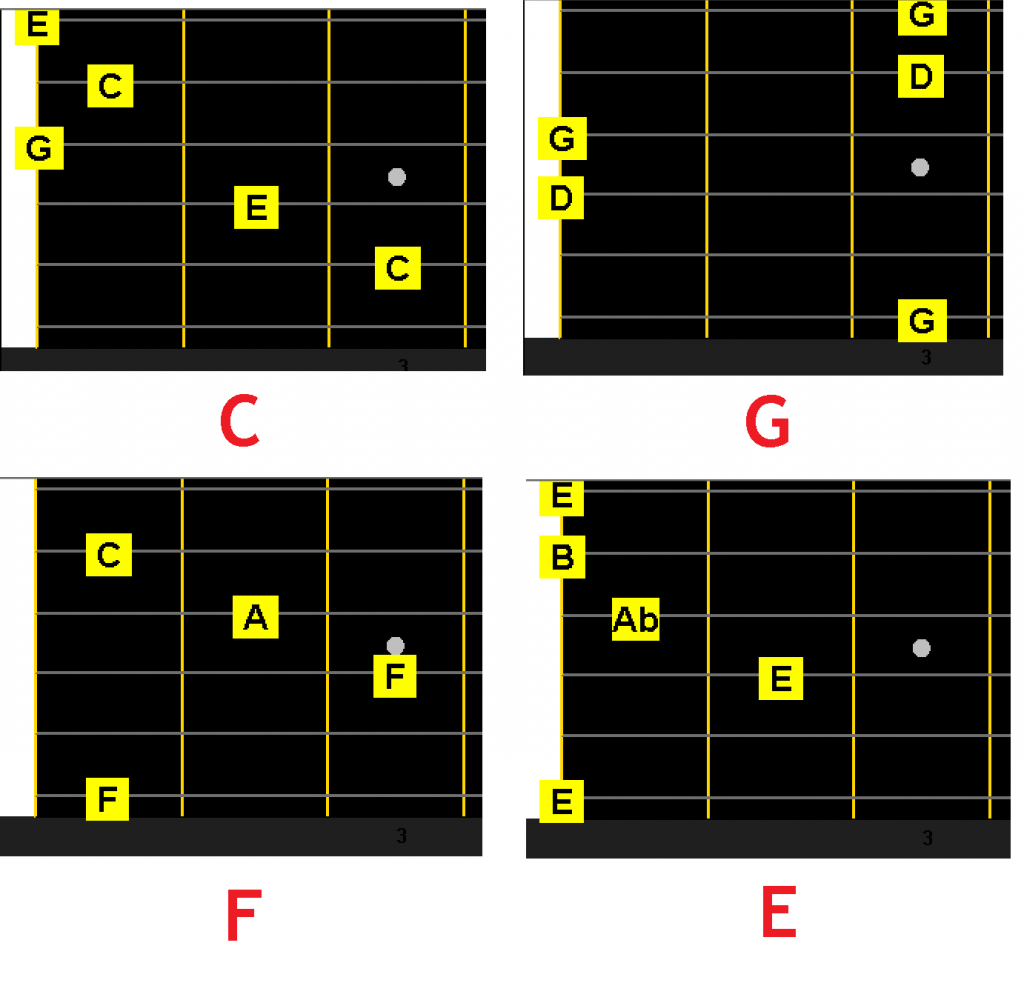
Let’s apply the inversions:
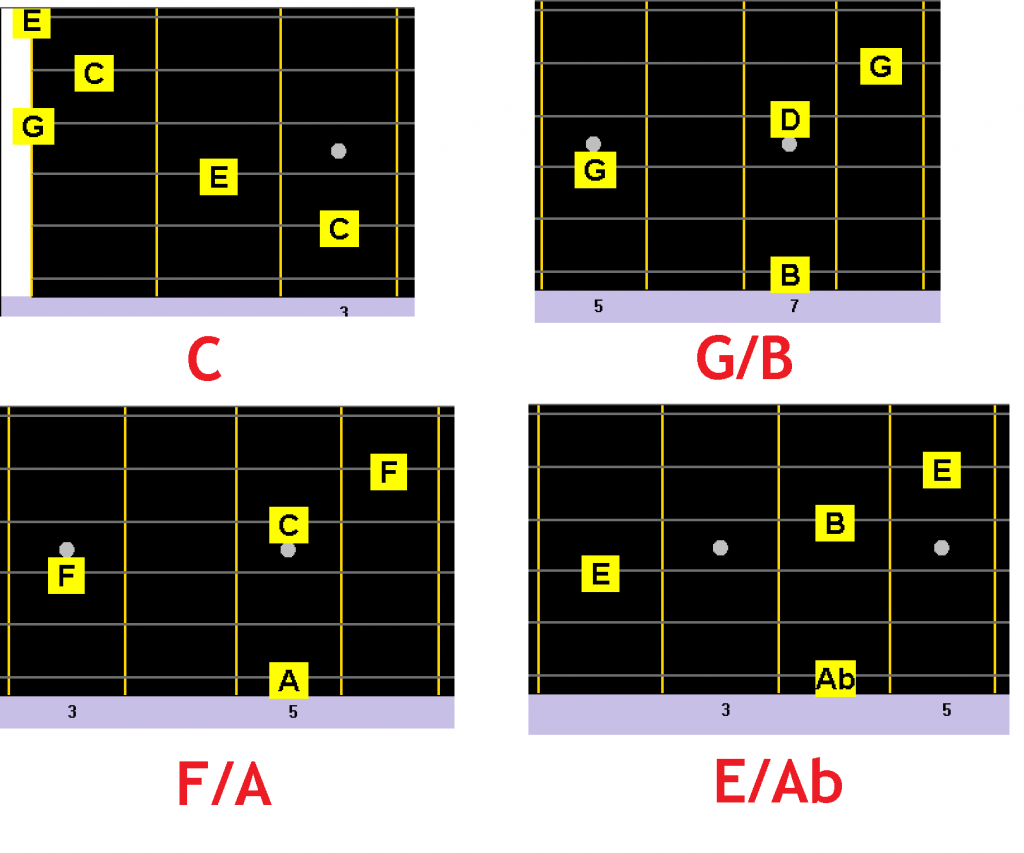
This is the final arrangement of the commercial release, using inversions of chords. Sounds great right? The subtle emotional mood the inversions of those 3 chords generated suit this song so well.
Click here to ask a question …
Family Chords Substitution
Within the family chords, a few of them are interchangeable, as long as the melody note does not clash with the substituted chords.
If there are a few common notes between 2 chords, the chords can replace each other.
A CM7 chord can swap with Em7. As you can see, they share G,B,E notes.
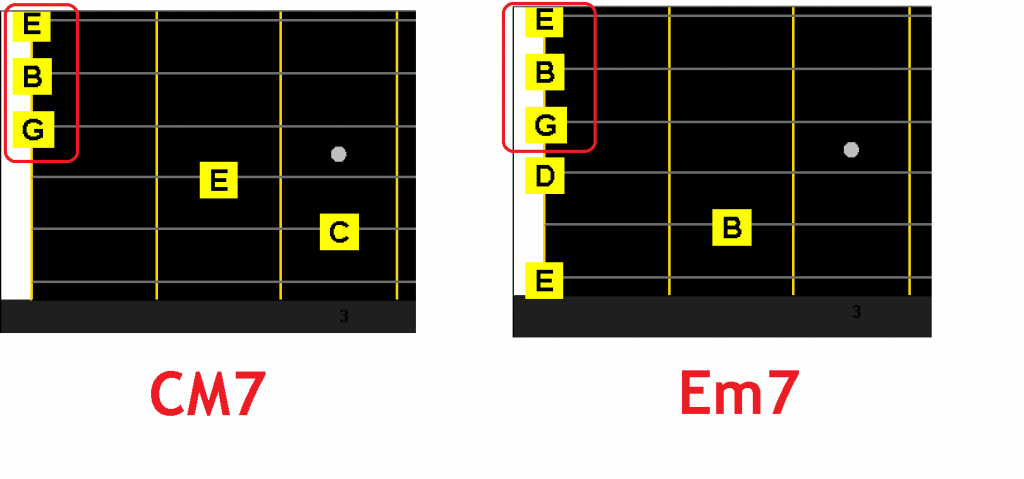
Am7 and C are interchangeable, as they share C,E,G notes.
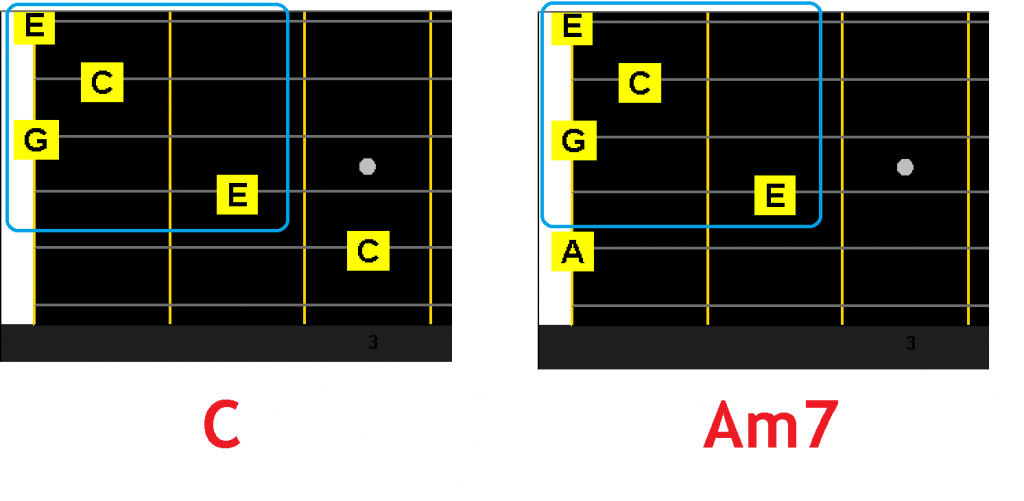
F and Dm7 can be swapped as they have A,C,E as common notes.
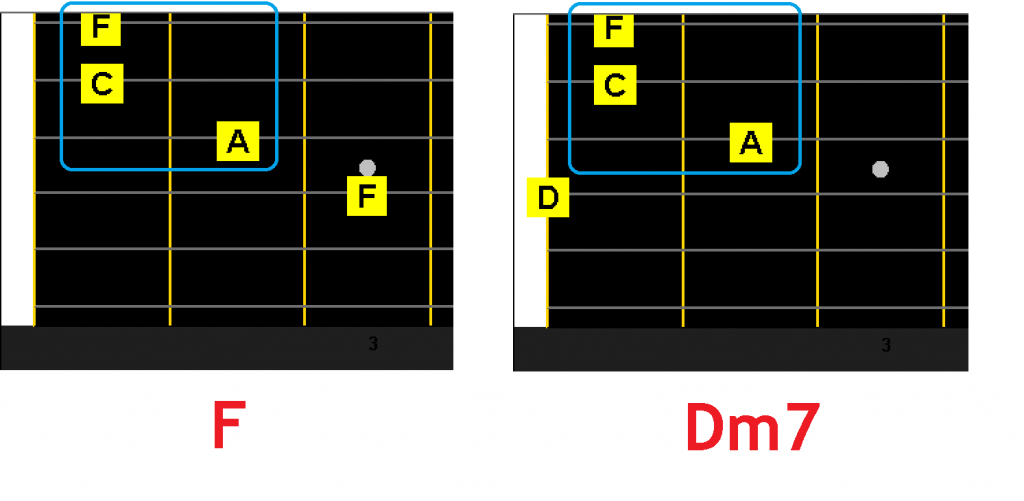
G9 and Bm7b5 share 4 notes, perfect match~
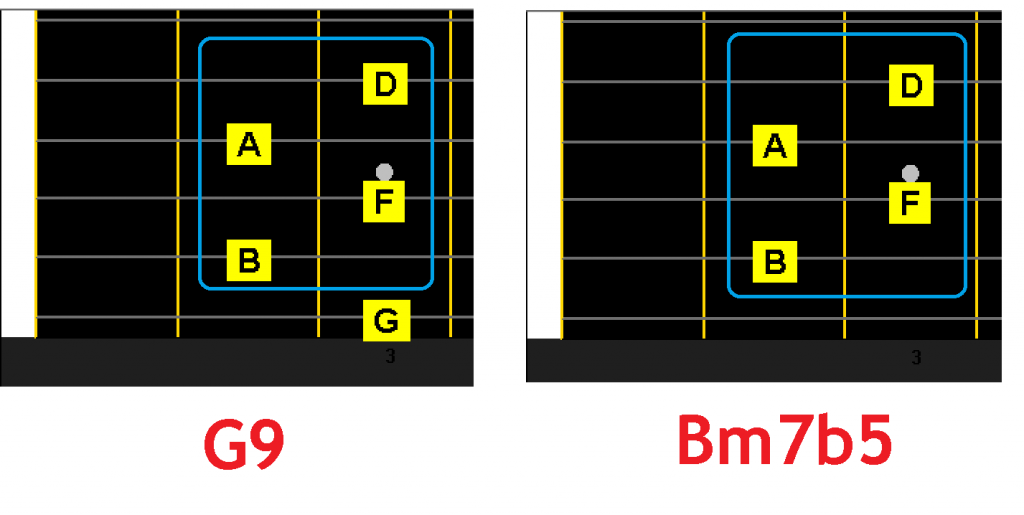
So, for family chords, a rough guide will be:
| Functional Names | Chord Names (In key of “C”) |
| I <-> III | CM7 <-> Em |
| I <-> VI | C <-> Am7 |
| IV <-> II | F <-> Dm7 |
| V<-> VII | G9 <-> Bm7b5 |
Click here to ask a question …
Pedal Tone / Alternate Bass
Sometimes, you can create different kind of mood by changing the bass of a chord with different note. When the same bass note is used throughout a series of chords, it is called pedal tone
Here’s the original chord progression:

If we use the “Pedal Tone” technique:

This creates some relaxed feel and was widely used in verse or intro of a lot of popular songs.
Click here to ask a question …
II V Substitution / Expansion
II V means 2nd and 5th chords in family chords. In key of C, they are Dm7 and G7. In fact, you can take any note as root of V chord and calculate the relative II chord.
For example: If V is F7, II will be Cm7; if V is Bb7, II is Fm7; or the other way round, if II is Em7, V is A7; if II is C#m7, V is F#7, so on and so forth …
They are a very important concept in jazz and pop music.
A lot of time II and V chords can be interchanged.
Here’s II V in key of “C”

Here’s II V in key of “G”
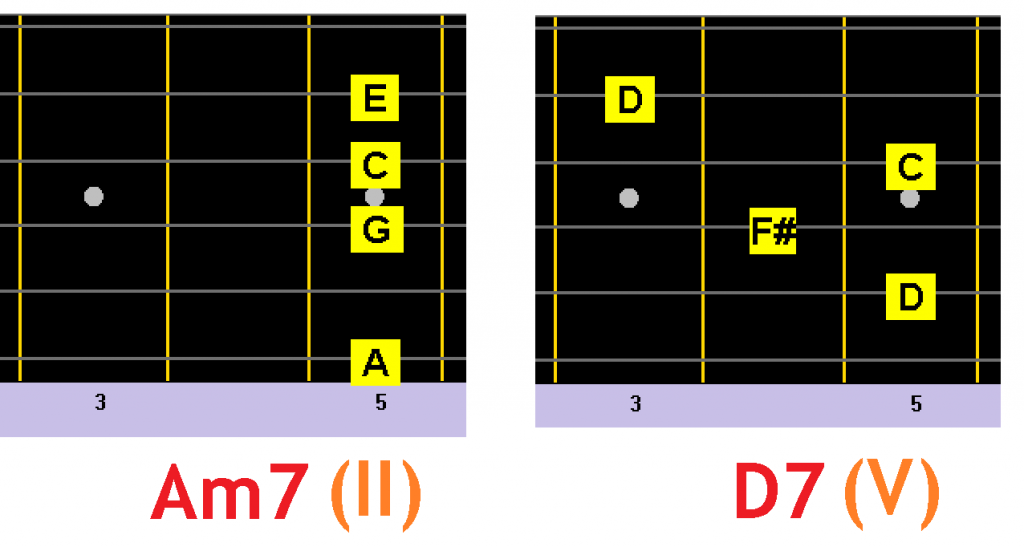
Very often, they will resolve into the I chord. Thus the term II-V-I.
Example: Dm7->G7->C ; Am7->D7->G
If the original chord is a static V, for example G7, you can expand it by playing Dm7 follow by G7, creating more harmony motion.
Click here to ask a question …
Diminished Chord Substitution
This is an interesting one.
Examine the following diagram. You can see that a diminished chord half step above a 7b9 chord share 4 common notes with it!! Thus, they are a perfect candidate for replacement.
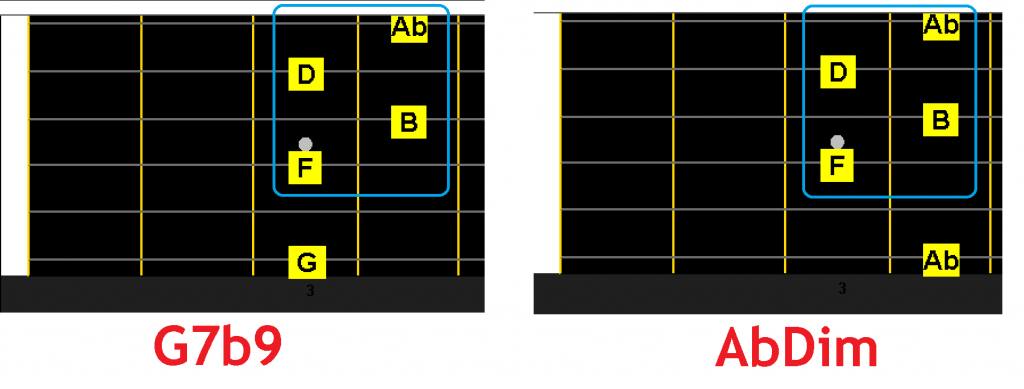
Remember the inversion of diminished chords?

With this, you will have a lot of choices to substitute a dominant 7 chord 😉 You will see more examples later!
Click here to ask a question …
Flat 5 Substitution / Tritone Substitution
This is the heavy weight of chord substitution!! You will probably use it the most 😉
Let’s open the Pandora Box!!
Let’s look at G7 and C#7 chord. You will realize that they share these 2 notes : B and F. The magical thing is that they are both 3rd and 7th degrees of the respective chord , but in reversed order!!! These 2 degrees are very important in defining the characteristic of a chord.
If you look at that 2 notes, they are 3 whole tones(tri-tone) away, in both direction!!
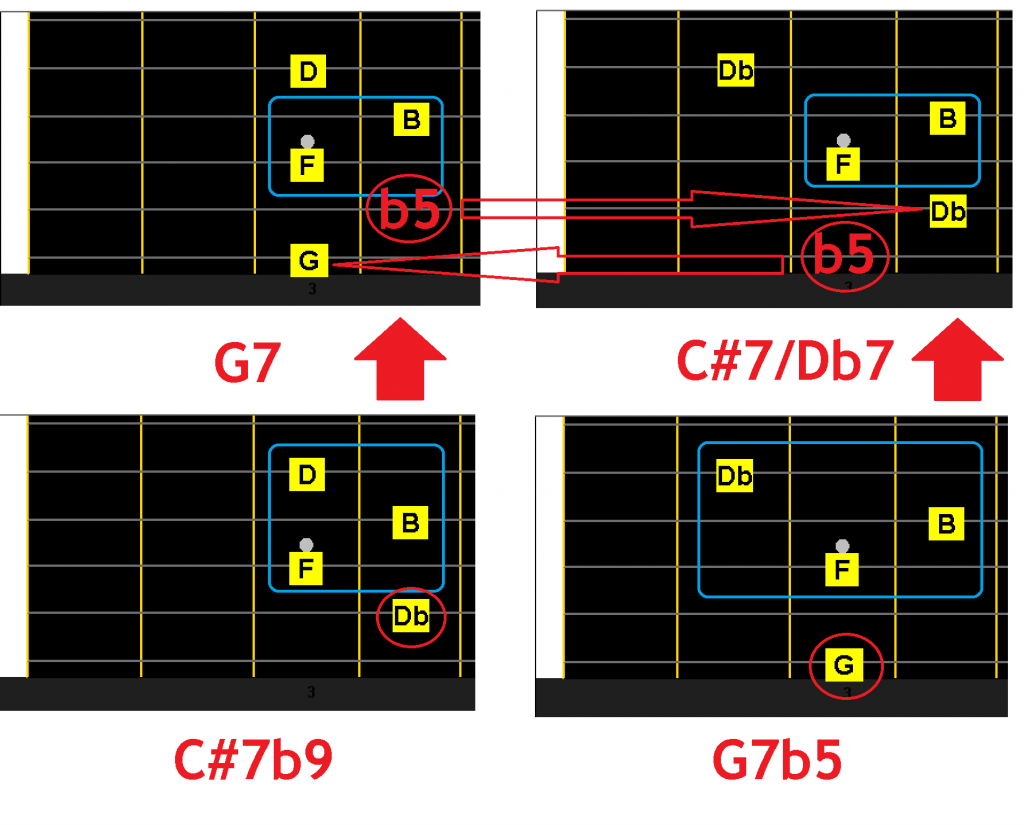
If you only play that 2 tri-tones, and add either G or C# as the bass note, the 2 chords can substitute each other!!!
And if you add in the other chord tones like above (second row of the diagram), substituting the other bass note, you get the altered chords which we learned last week!
Finally, the reason they are called flat 5 substitution is the root of these 2 chords are the flatted 5th of each other (and also tri-tone away).
In short, for any dominant 7 chord, you can substitute the dominant chord on the flat 5 degree or tri-tone away! On guitar, it’s super easy because the note is just the diagonal note;)
Click here to ask a question …
Dominant Approach Chords
You can approach a chord using its dominant chord. Like we most often do with G7->C.

With our newly learned Dominant chords substitution knowledge, we can do lots of fun thing!
First, we can use the flat 5 substitution! Changing G7 with C#7b9:

Then, we can change the dominant 7 chord to it’s altered variation, 7b9, which is the same as diminished chord half step above (Diminished substitution), and proceed to use the inversions of the diminished chord with the bass note closest to the destination chord C, which is BDim!!
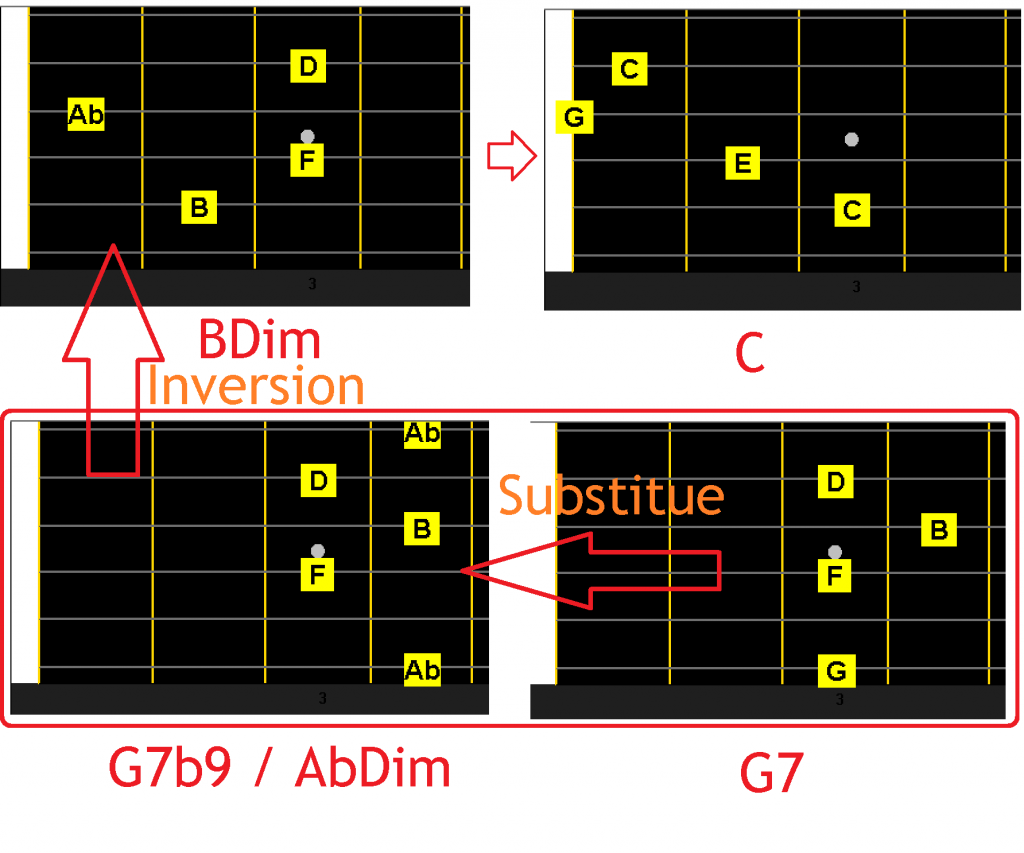
We can also use the II V substitution to expand the chord become Dm7-G7-C

From the flat 5 substitution earlier on, we can also apply the II V approach to it!!
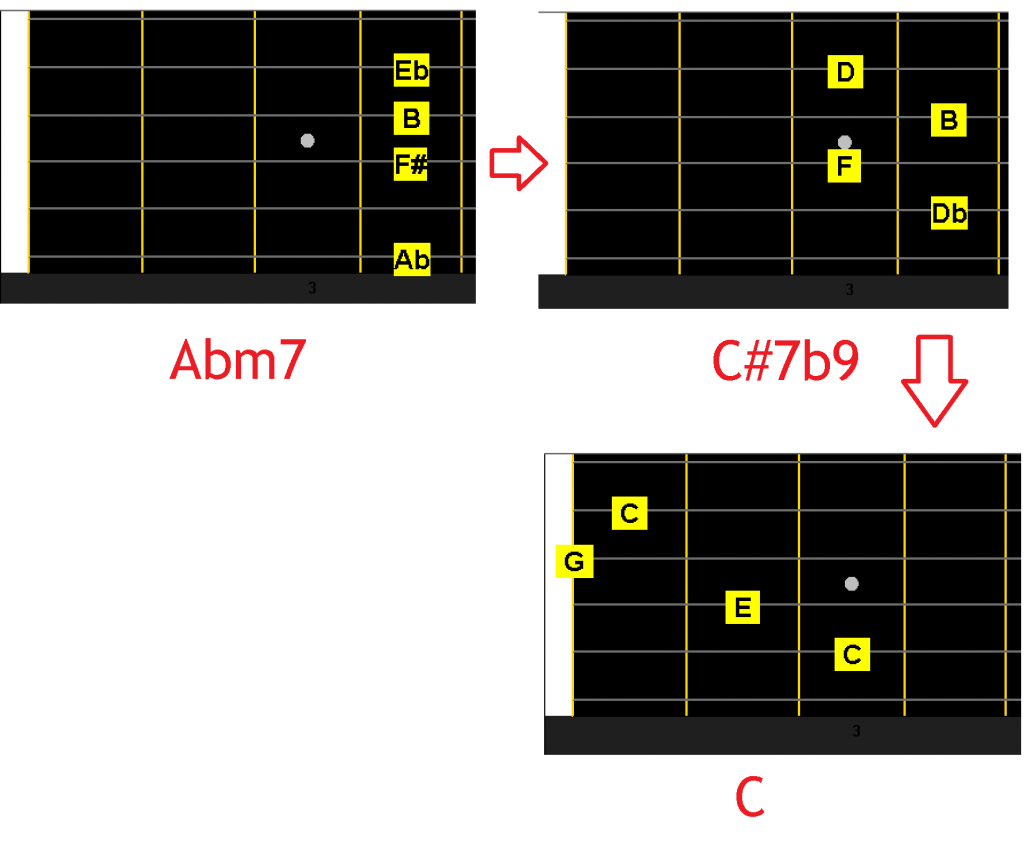
Click here to ask a question …
Chords Substitution Part II: Harmony Makeover
So far, the chord substitution techniques we looked at were those staying more or less faithful to the original chords/harmony of the songs. The process is something akin to applying cosmetic makeup, making the song sounds better , but maintaining the original vision.
Now, let’s learn to do some “makeover” to the song!! Changing the intended harmony of the original composition.
Click here to ask a question …
Using Melody As Anchor
Since we are disregarding the original chords/harmony of the original song, we may harmonize the melody note with any chords containing the melody note of the moment.
We start by looking at how to do it using only family chords. Here, the melody note is G (key is C major), let’s use family chords (or variation) to harmonize the melody note:
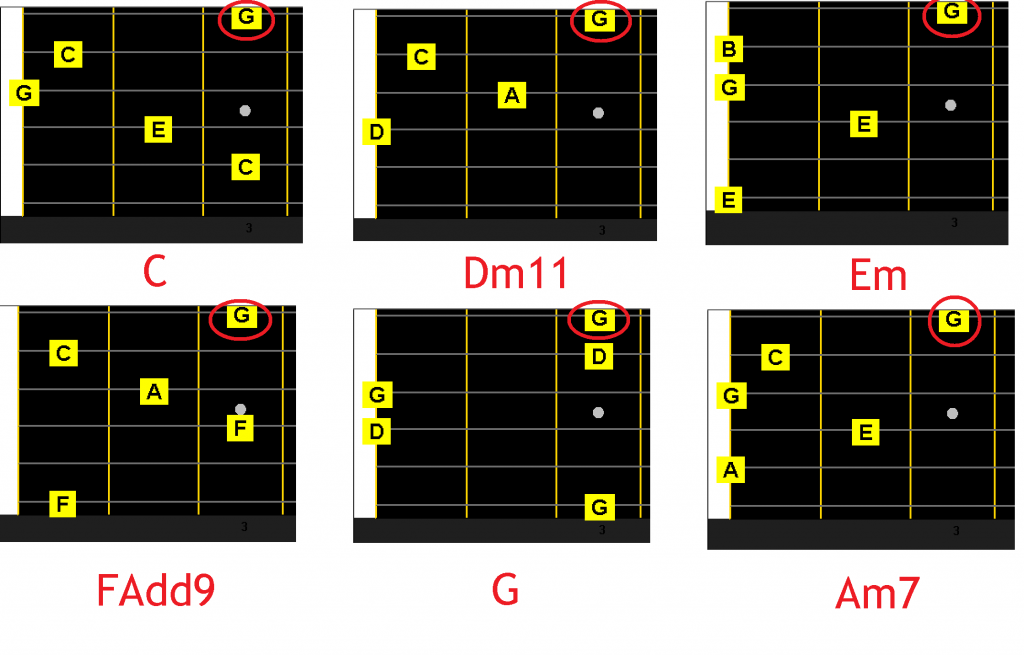
Next, we try to use ANY chords (not within the key/non-diatonic) which has the melody note as one of the chord tone:

Click here to ask a question …
Temporary Key Changes
We can also borrow chord sequences from other keys to create temporary key changes, creating some tension to the song.
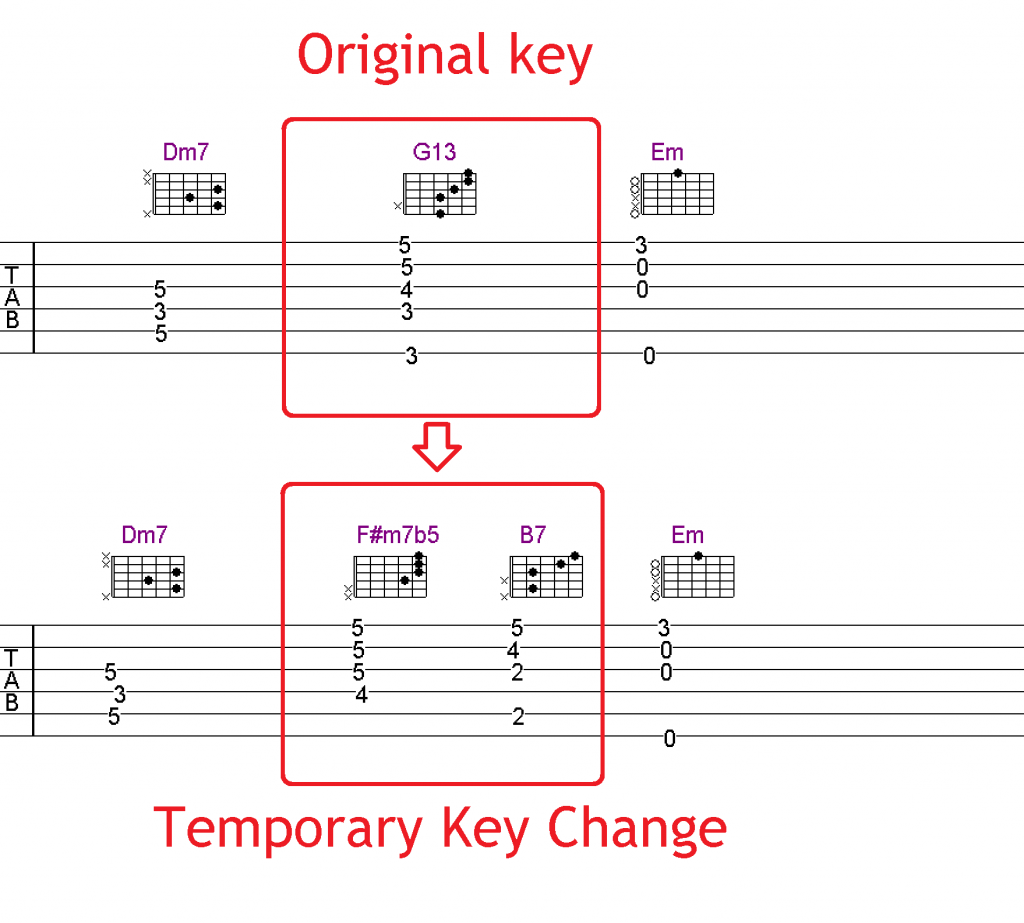
Click here to ask a question …
Target Chord Approach
Here, we choose a chord to be the target chord. It acts as the destination for our chords to progress towards. So, the chords before it will be altered or extra chords will be inserted to create different harmony movement.
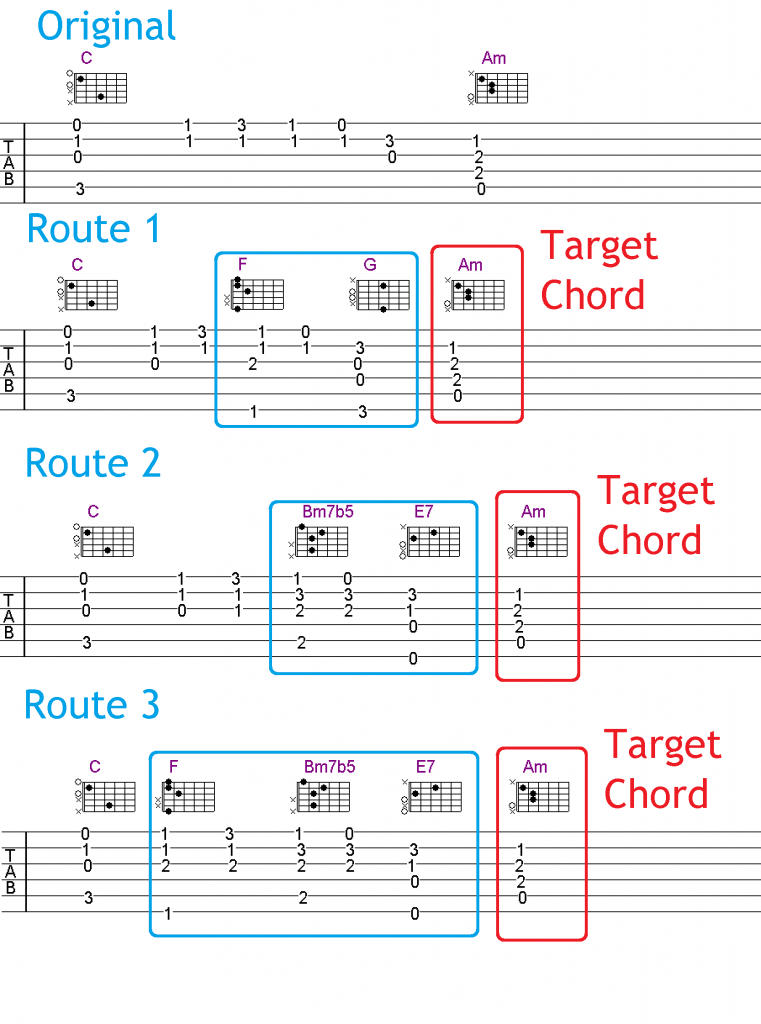
Click here to ask a question …
Chord Scale Movement
We can also use family chords to create chord scales movement.

Click here to ask a question …
Harmonize Each Notes
One of the hardcore way to do reharmonization is to harmonize each note with different chord!
This is the most rewarding experience after you had mastered it!!
In the first example, we harmonize each note using different chords by applying the combination of “Dominant Approach”, “Inversion”, “Flat 5 Sub”. Do take some time to analyse them 😉

For the 2nd approach, we go a step further by playing chords which produce a smooth ascending bassline , beautiful!!
Click here to ask a question …
Let’s apply what we had just learn to something we played in the past!
We had done a basic arrangement of “Over The Rainbow”.
Let’s apply those chord substitution techniques to that song!!
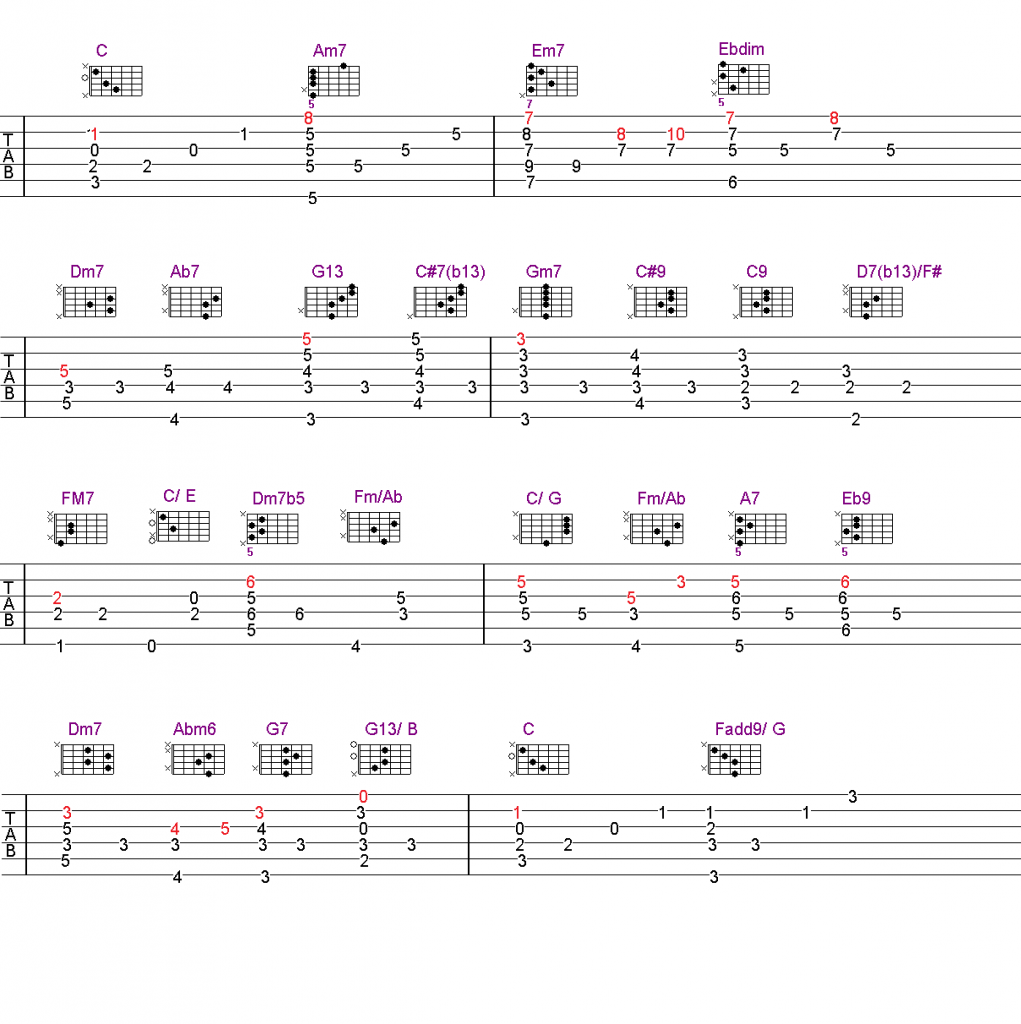
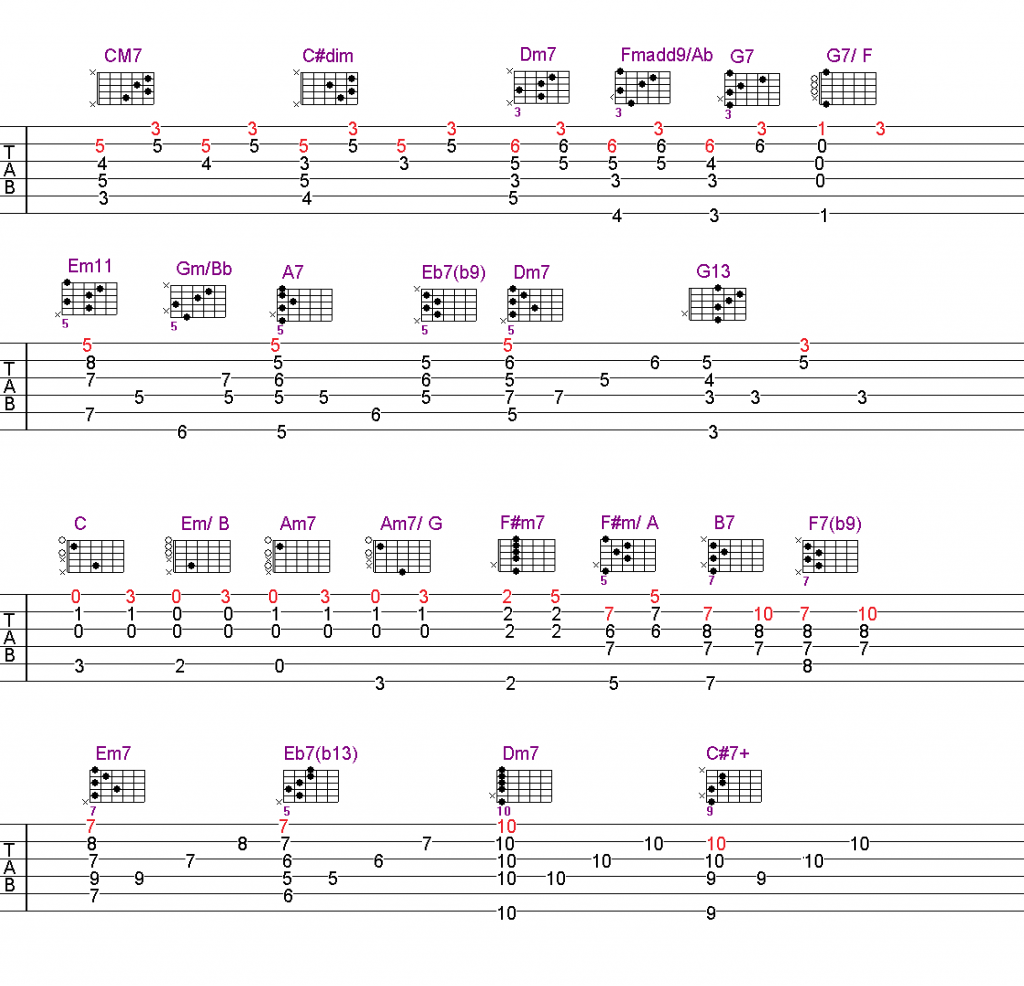
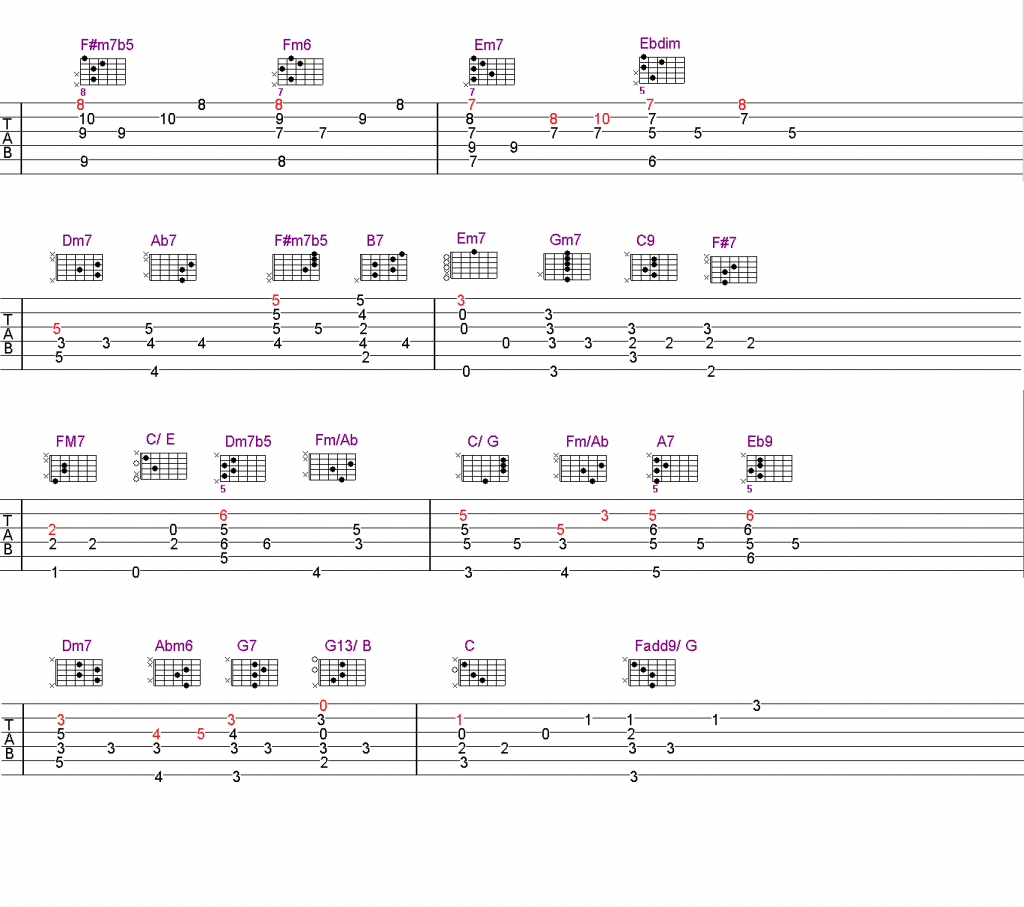
Can you identify the chords substitution techniques used in the above arrangement?
